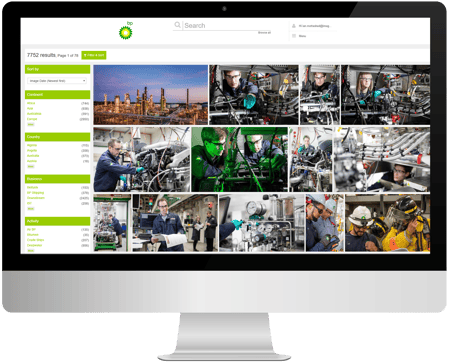Store, organise, and activate your digital media content with Reuters Imagen’s smart, AI-enabled, cloud-based DAM solutions.


A centralised platform for all your video, digital media, documents and office files

Fast, pin point searching and controlled, secure access for your staff, clients and stakeholders

One click, sharing, distribution and publishing to social media to unlock the full value of your content

Our smart and intuitive digital asset management platforms remove the hassle of day to day digital file management and unlock the full value of your content. Reuters Imagen gives you a range of cutting-edge, AI enabled features to help you store, navigate and share your video, images, audio and documents more efficiently.
The professional and bespoke rich media management platform that enables sport, media and enterprise organisations to access, manage and activate all of their content.
Bespoke custom interface
Smart AI-driven content organisation
Controlled access to media libraries
Powerful media processing workflows
Monetise and deliver content online
Edit, share and publish to social media
Easy API integration


sports
Introduction SPL Media House is a media entity established by the Saudi Pro League in 2023 to manage the broadcasting and digital content needs of Saudi Arabia's premier football competition. Moving...
sports
How New Zealand Cricket uses Imagen and AWS to score big with fans and partners? Introduction Cricket’s fanbase is burgeoning worldwide, especially with the sport returning to the Summer Games in...
sports
Making Waves With Athlete-Generated Content Introduction Formerly known as the Fédération Internationale de Natation (FINA), World Aquatics is the sole and exclusive world governing body for all...
sports
Introduction INDYCAR is the Indianapolis-based governing body for North America’s auto racing series known as the NTT INDYCAR SERIES. The series features an international field of drivers – including...
Arrange a demonstration to discover how Reuters Imagen can unlock the full potential of your content.